Optimal Timing for Field Mowings
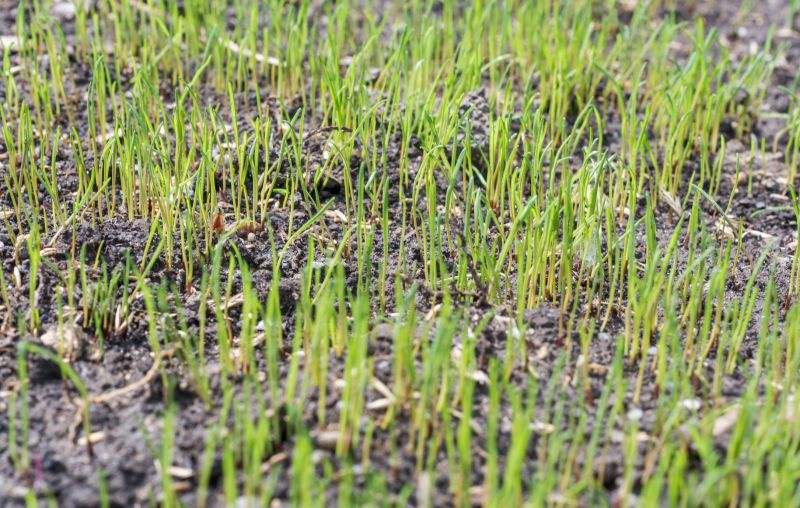
Performing field mowings in early spring encourages healthy growth and prevents weed establishment.

Mowing during this period supports optimal forage production and maintains field clarity.

Final mowings in late summer or fall help prepare fields for the dormant season and reduce pest habitats.

Ways to make Field Mowings work in tight or awkward layouts.
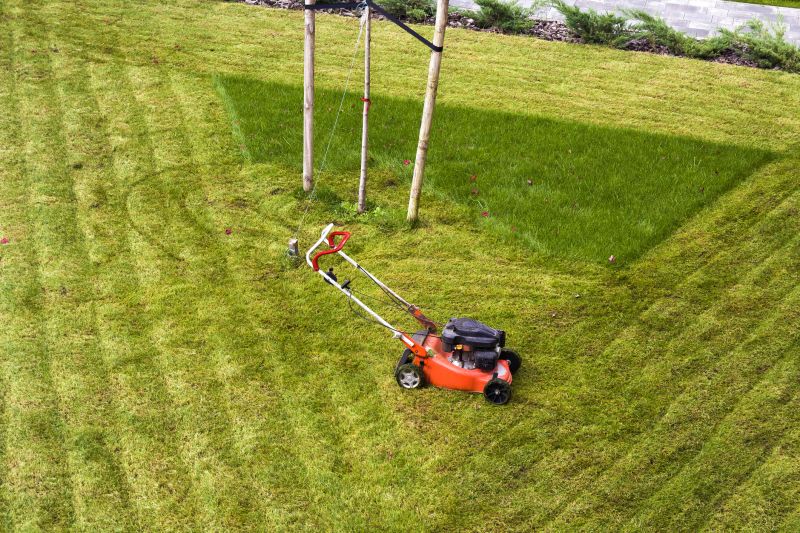
Popular materials for Field Mowings and why they hold up over time.
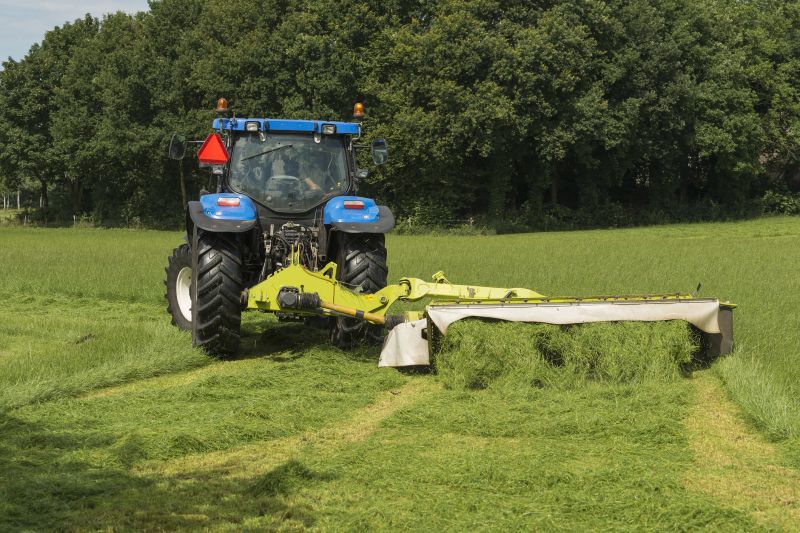
Simple add-ons that improve Field Mowings without blowing the budget.
Field mowings are a critical part of managing grasslands and pastures. Proper timing ensures healthy regrowth, controls weeds, and optimizes forage quality. The timing of mowings depends on factors such as plant species, growth stage, and regional climate conditions. Typically, early spring mowings stimulate new growth, while late summer mowings help manage plant health before dormancy. Regular mowing also reduces the habitat for pests and invasive species, promoting a balanced ecosystem.
Mowing too early can hinder growth, while late mowing may reduce forage quality.
Maintaining appropriate height supports healthy root systems and regrowth.
Adjust mowing schedules based on seasonal growth cycles and weather conditions.
Timely mowings help prevent invasive weeds from seeding and spreading.
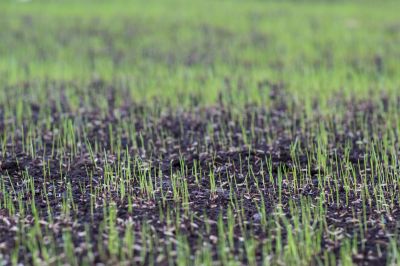
Early season mowing supports vigorous growth.
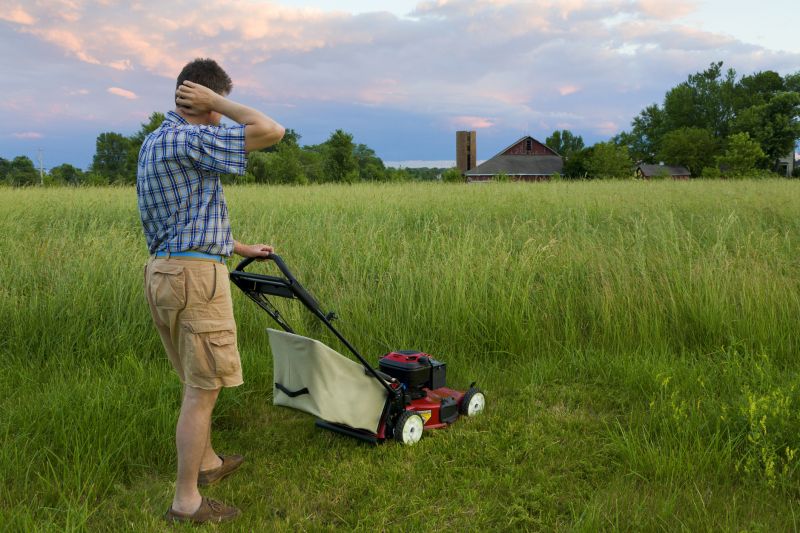
Mid-season mowing maintains quality and prevents overgrowth.
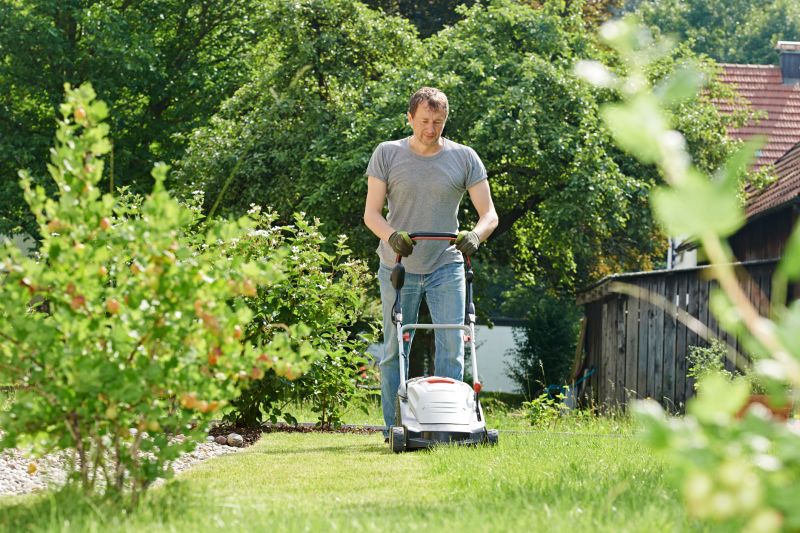
Late-season mowing prepares fields for dormancy.
| Season | Ideal Mowing Time |
|---|---|
| Spring | When grasses reach 70-80% of mature height |
| Early Summer | During active growth for forage optimization |
| Late Summer | Before seed set and dormancy |
| Fall | After growth slows, before dormancy begins |
| Winter | Not recommended unless for specific maintenance |
Proper timing of field mowings is vital for maintaining healthy, productive grasslands. Understanding regional climate patterns and plant growth stages helps determine the optimal mowing window. Adjustments based on weather and specific crop needs can further enhance field health and yield.
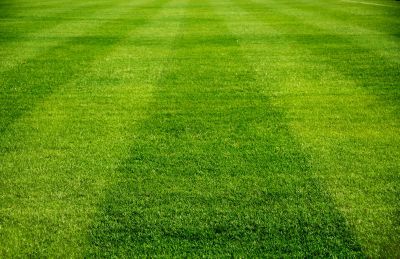
Properly timed mowings promote vigorous regrowth.

Delayed mowing can lead to reduced forage quality.
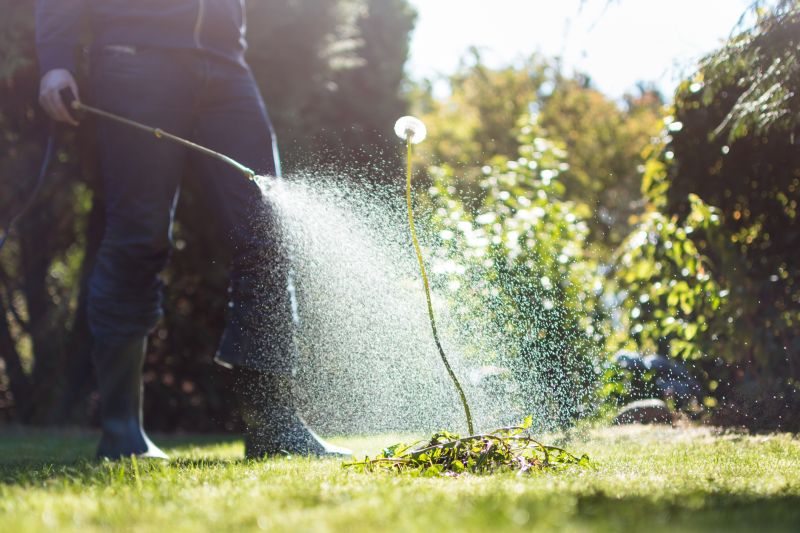
Timely mowings prevent weed seed dispersal.
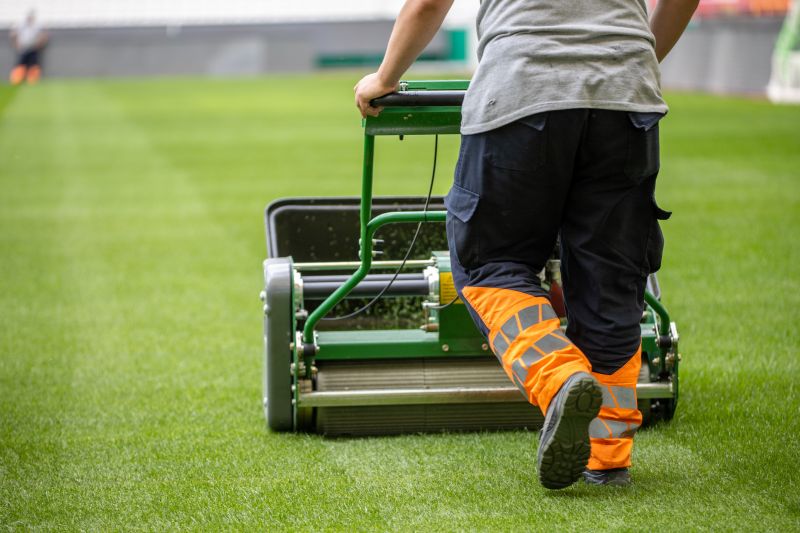
Efficient mowing practices improve field outcomes.
Interested in scheduling field mowings? Filling out the contact form provides an opportunity to discuss specific needs and optimal timing strategies for maintaining healthy grasslands and pastures.



